
Life sciences writer Susan Milius has been writing about botany, zoology and ecology for Science News since the last millennium. She worked at diverse publications before breaking into science writing and editing. After stints on the staffs of The Scientist, Science, International Wildlife and United Press International, she joined Science News. Three of Susan's articles have been selected to appear in editions of The Best American Science Writing.

Trustworthy journalism comes at a price.
Scientists and journalists share a core belief in questioning, observing and verifying to reach the truth. Science News reports on crucial research and discovery across science disciplines. We need your financial support to make it happen – every contribution makes a difference.
All Stories by Susan Milius
-
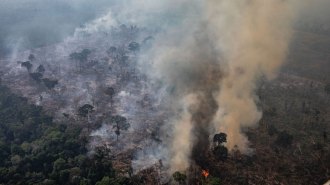 Animals
AnimalsA year of big numbers startled the world into talking about nature
One million species are at risk. Three billion birds have been lost. Plus surges in Amazon burning.
-
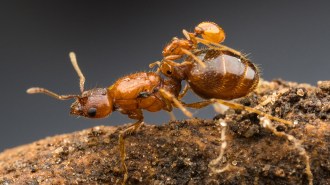 Animals
AnimalsTexas has its own rodeo ant queens
New species of rodeo ants, riding on the backs of bigger ants, turned up in Austin, Texas.
-
 Climate
Climate5 things to know about fighting climate change by planting trees
One group’s idea of planting vast swaths of trees to curb climate change exaggerates the proposal’s power to trap carbon, some argue.
-
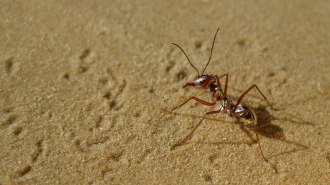 Life
LifeSaharan silver ants are the world’s fastest despite relatively short legs
Saharan silver ants can hit speeds of 108 times their body length per second.
-
 Climate
ClimateAbigail Swann’s alternate Earths show how plants shape climate
Abigail Swann's studies reveal that water vapor from forests can affect drought patterns a hemisphere away.
-
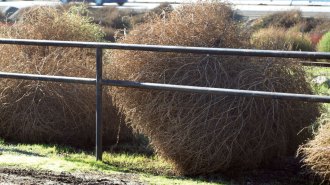 Plants
PlantsWhy tumbleweeds may be more science fiction than Old West
A tumbleweed is just a maternal plant corpse giving her living seeds a chance at a good life somewhere new.
-
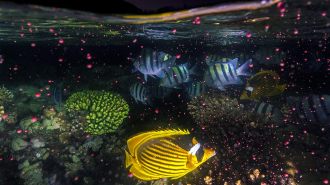 Life
LifeClimate change may be throwing coral sex out of sync
Several widespread corals in the Red Sea are flubbing cues to spawn en masse.
-
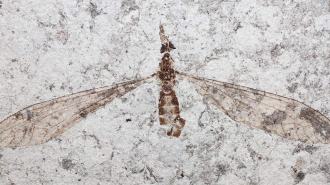 Life
LifeFly fossils might challenge the idea of ancient trilobites’ crystal eyes
Fossilized crane flies from 54 million years ago probably got their crystal lenses after death.
-
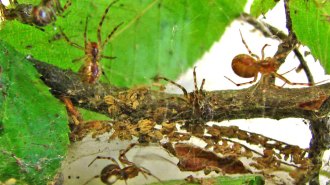 Animals
AnimalsWhy one biologist chases hurricanes to study spider evolution
For more rigorous spider data, Jonathan Pruitt rushes into the paths of hurricanes.
-
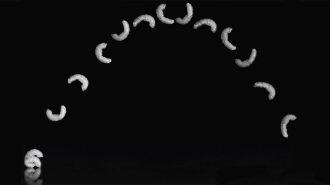 Life
LifeHow these tiny insect larvae leap without legs
High-speed filming reveals how a blob of an insect can leap more efficiently than it crawls.
-
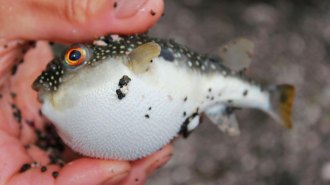 Animals
AnimalsThere’s more to pufferfish than that goofy spiked balloon
Three odd things about pufferfishes: how they mate, how they bite and what’s up with no fish scales?
-
 Ecosystems
EcosystemsPlanting trees could buy more time to fight climate change than thought
Earth has nearly a billion hectares suitable for new forests to start trapping carbon, a study finds.